Assuming all the surface to be frictionless. The smaller block m is moving horizontally with acceleration a and vertically downwards with acceleration a. Then magnitude of net acceleration of smaller block m with respect to ground
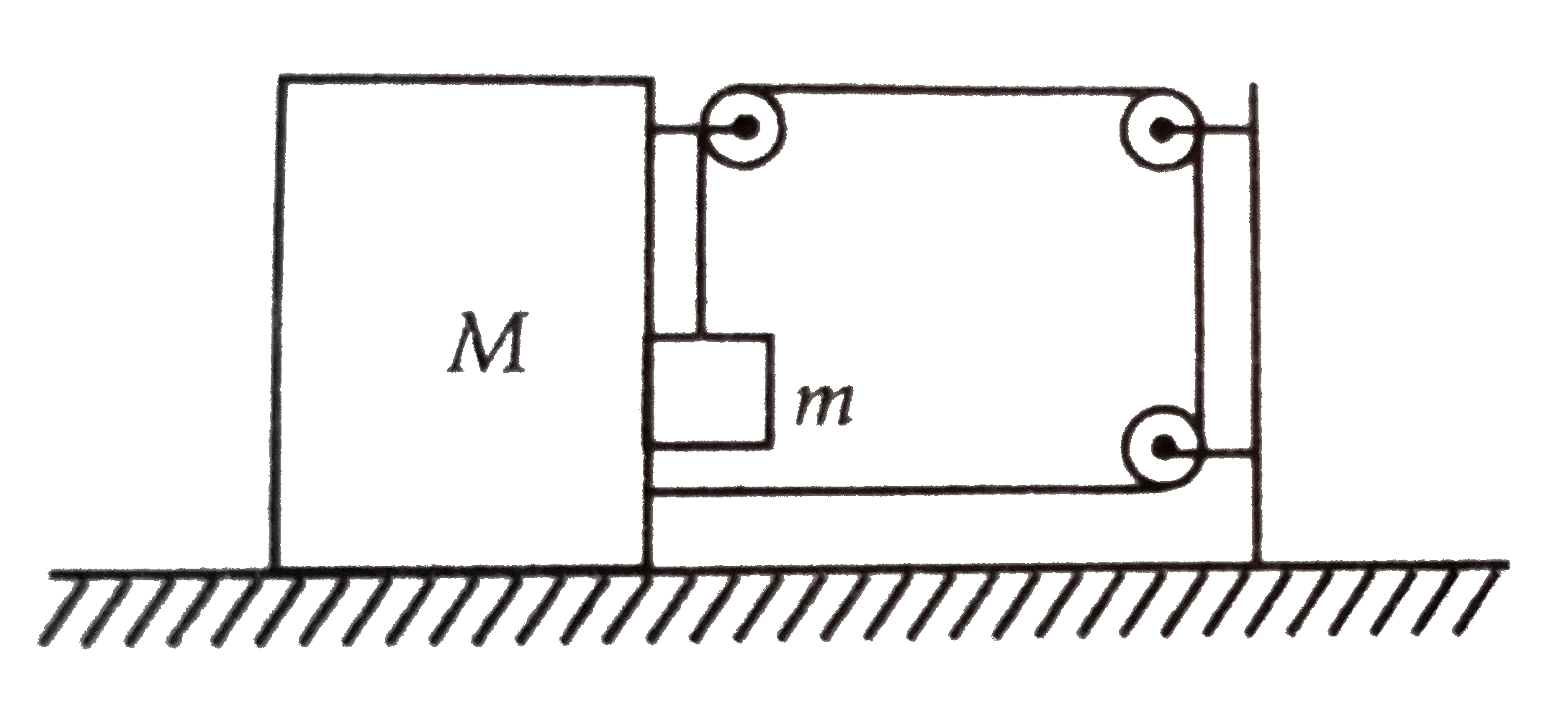
2√5mg(5m+M)
2mg(5m+M)
7√5g
none of these
The correct Answer is:A
Free body diagram for m For m,
mg-T=m2a…(i)
N=ma…(ii)
Free body diagram for M
For M,
2T−N=Ma…(iii)
on solving, a=2mg(M+5m)
Net acceleration of m,
am=√4a2+a2=√5a=2√5mg(5m+M)
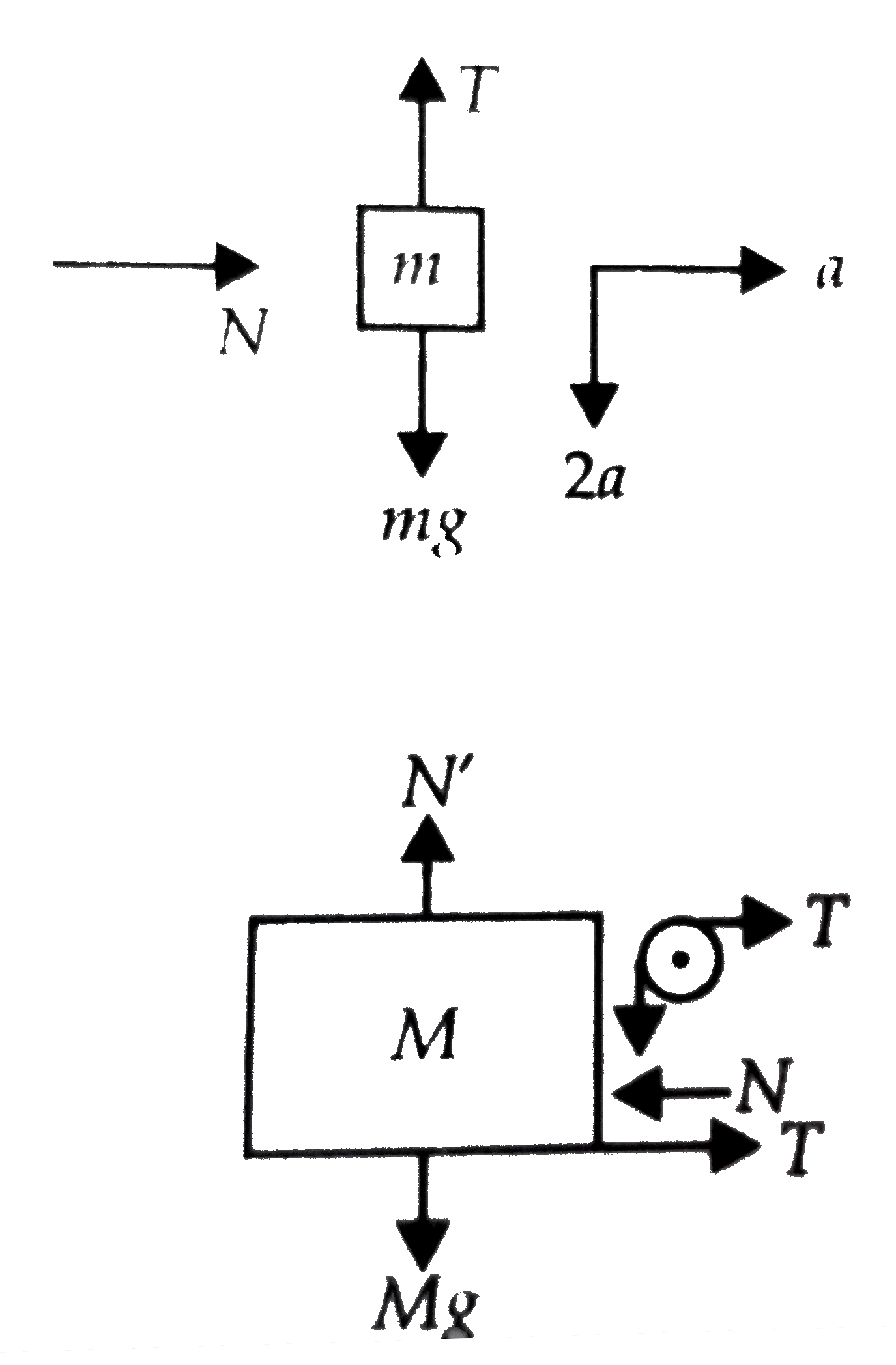
Similar Questions
34.The magnitude of acceleration of blocks of mass
View SolutionIf block B moves towards right with acceleration b, find the net acceleration of block A.
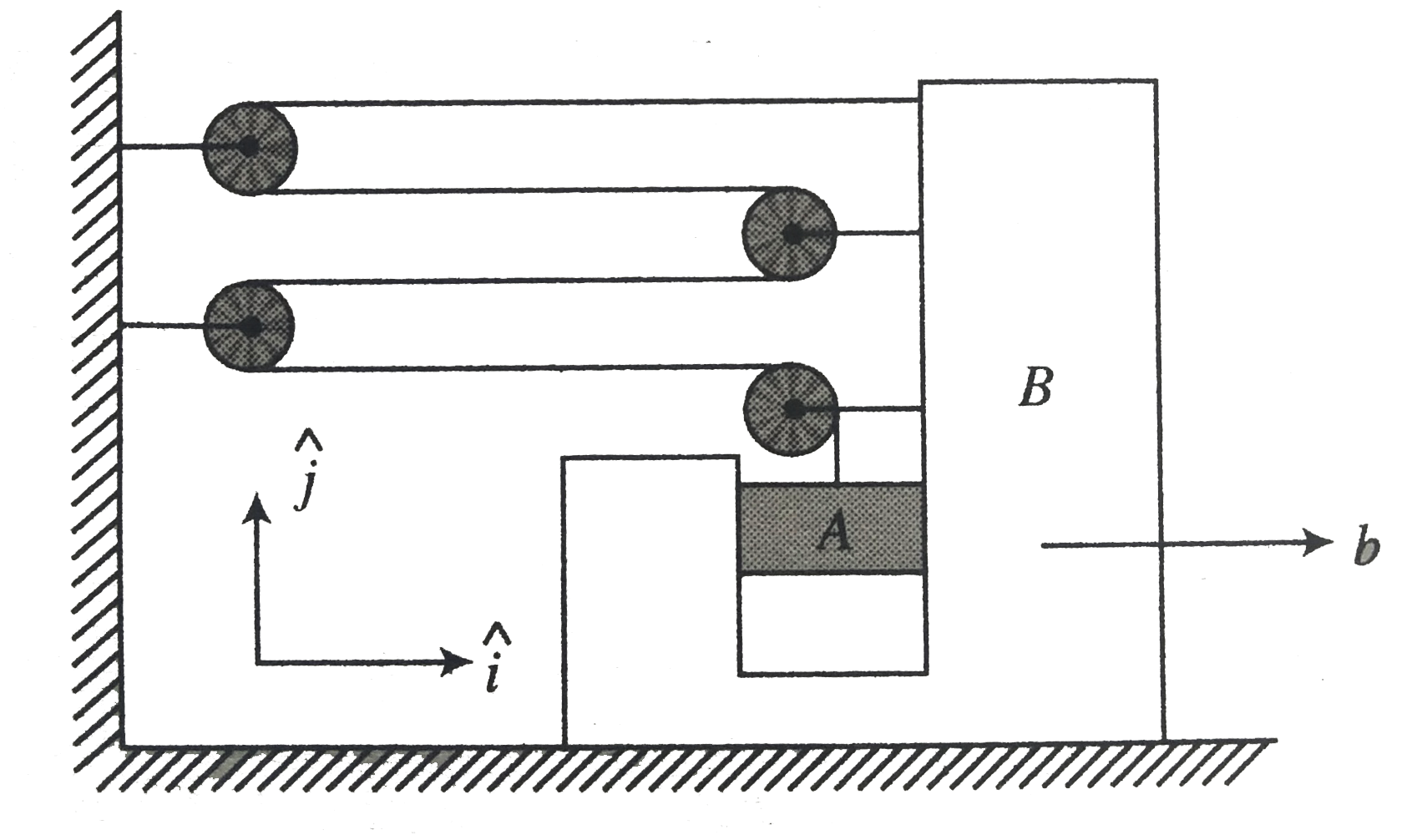
View SolutionAll the surfaces shown in figure are assumed to be frictionless. The block of mass m slides on the prism which in turn slides backward on the horizontal surface. Find the acceleration of the smaller block with respect to the prism.
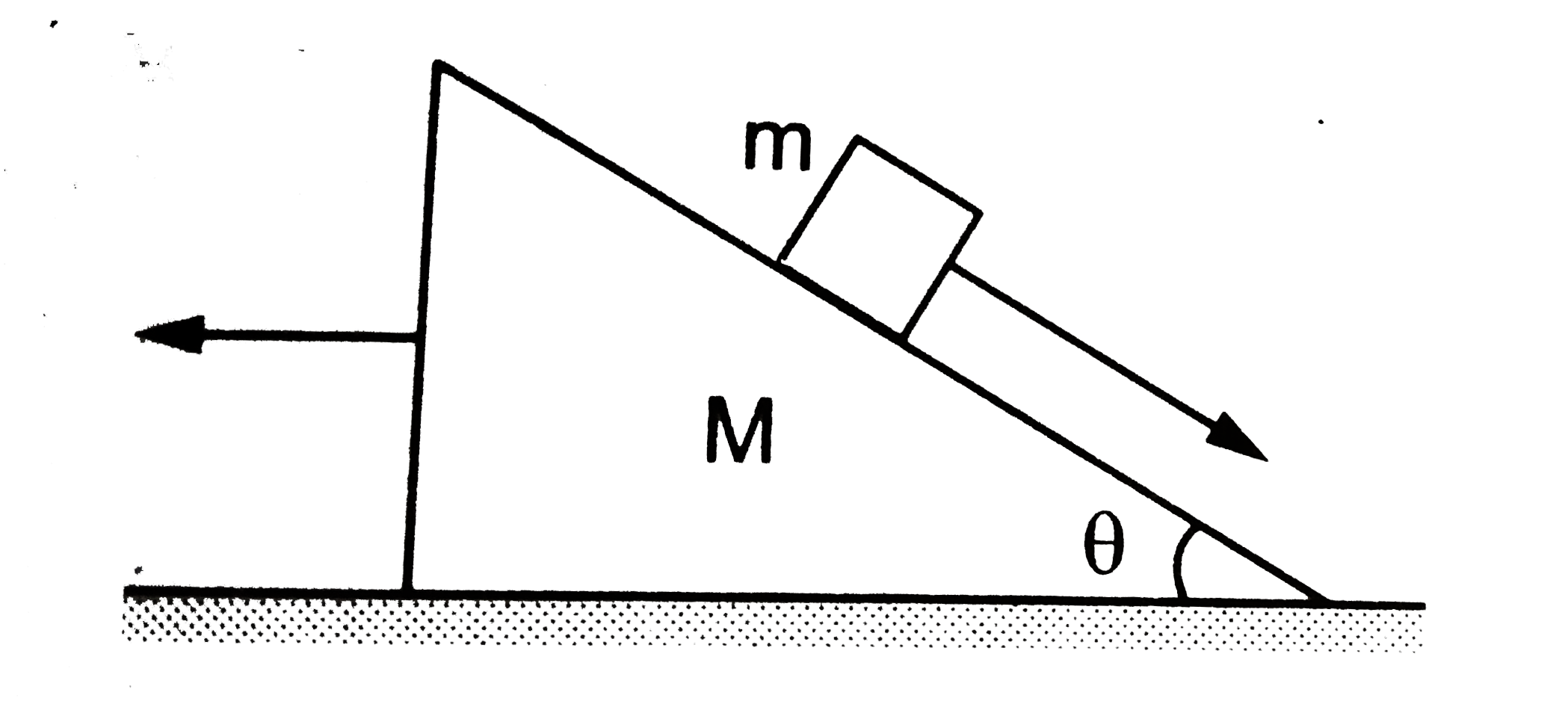
View SolutionIf the blocks A and B are moving towards each other with accelerations a and b shown in fig. find the net acceleration of block C.

View SolutionThe magnitud of difference in accelerations of blocks of mass m in . Both the cases shown below is
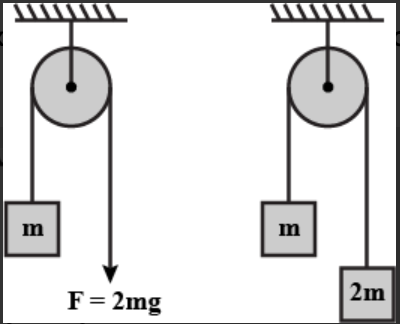
View SolutionThree blocks of masses m1,m2andm3 are connected as shown in the figure. All the surfaces are frictionless and the string and the pulleys are light. Find the acceleration of m1
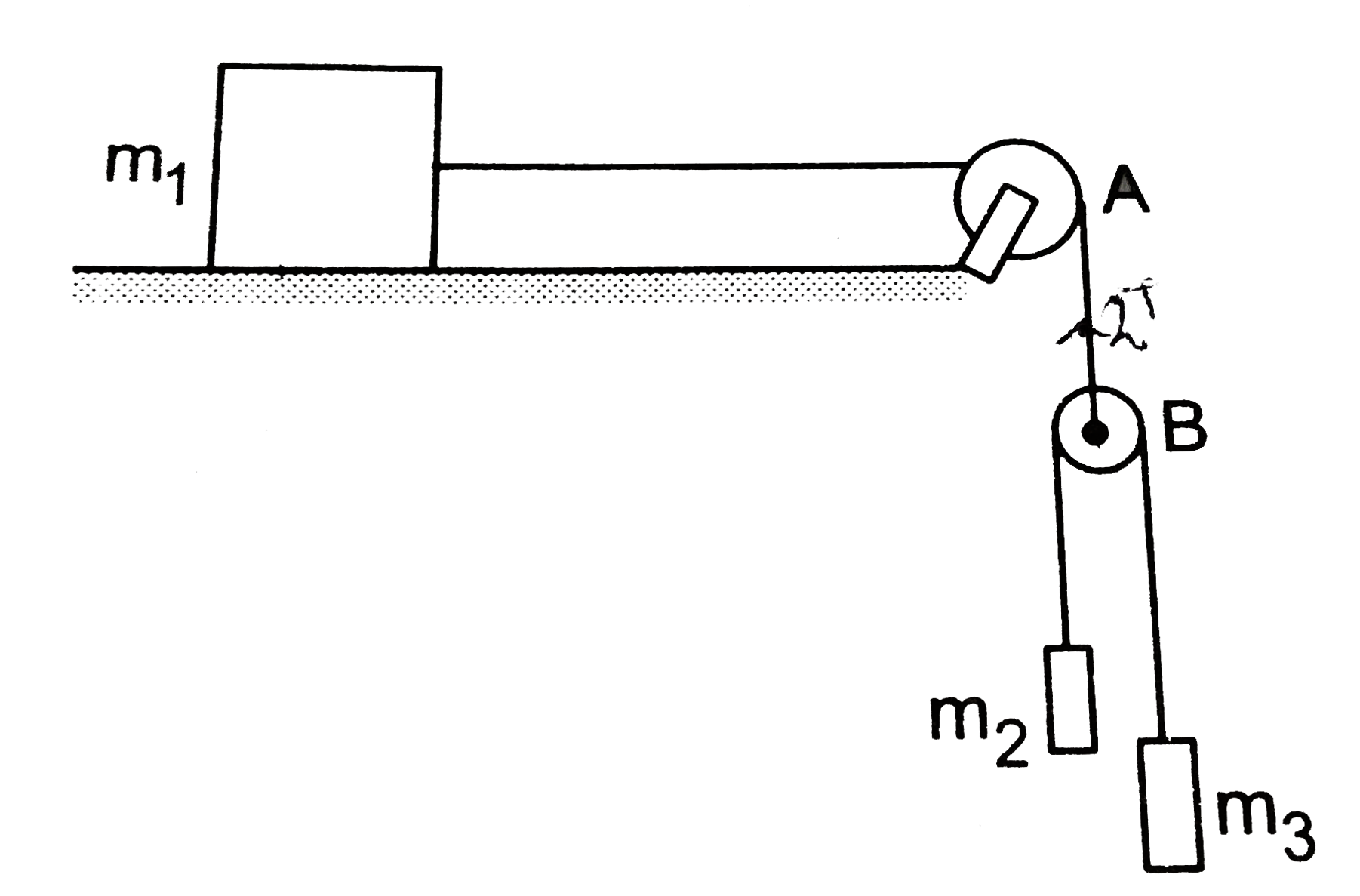
View SolutionIf block A is moving with an acceleration of 5ms−2, the acceleration of B w.r.t. ground is
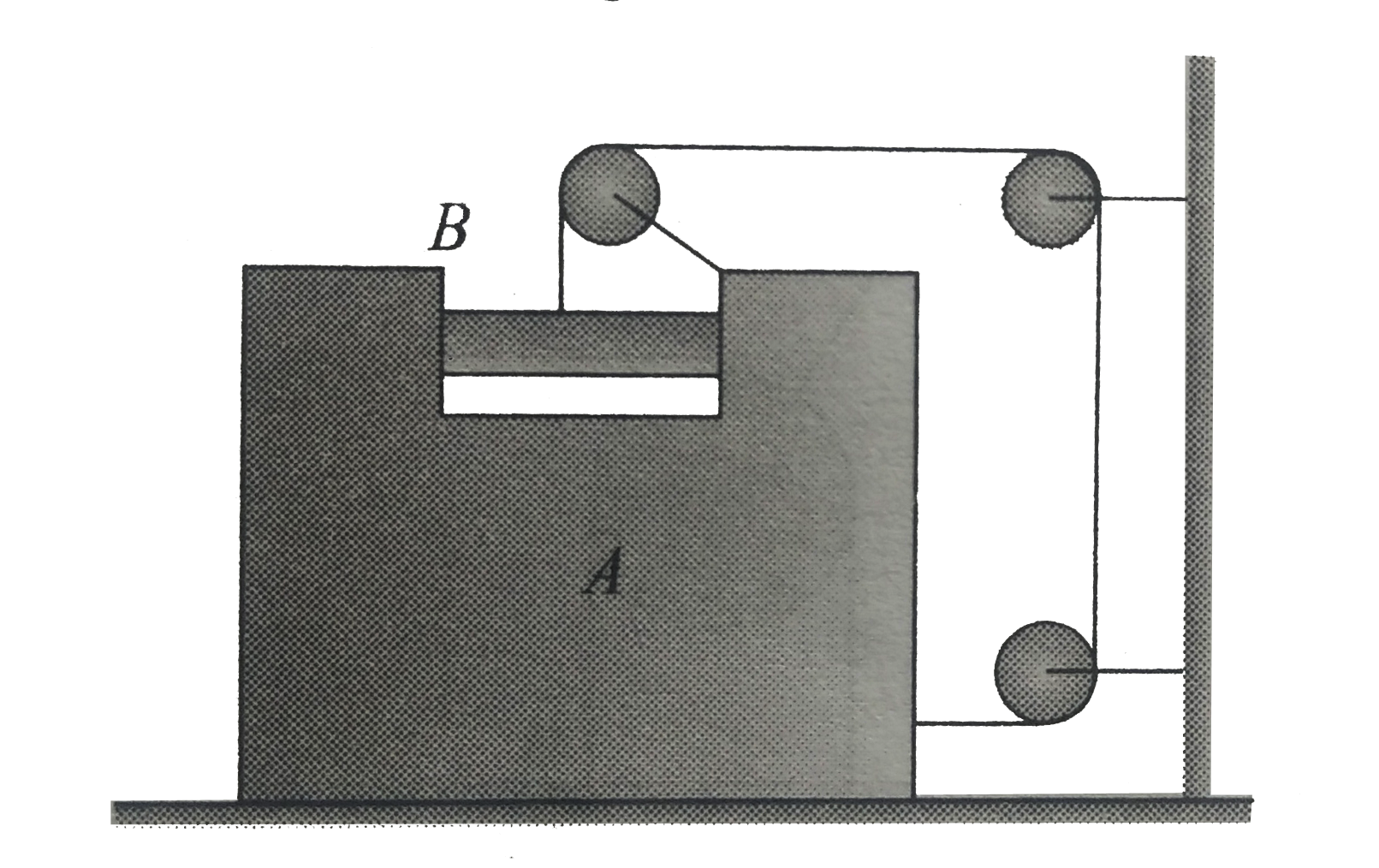
View SolutionIn the adjoining figure a wedge is fixed to an elevator moving upwards with an acceleration a. A block of mass m is placed over the wedge.Find the acceleration of the block with respect to wedge. Neglect friction
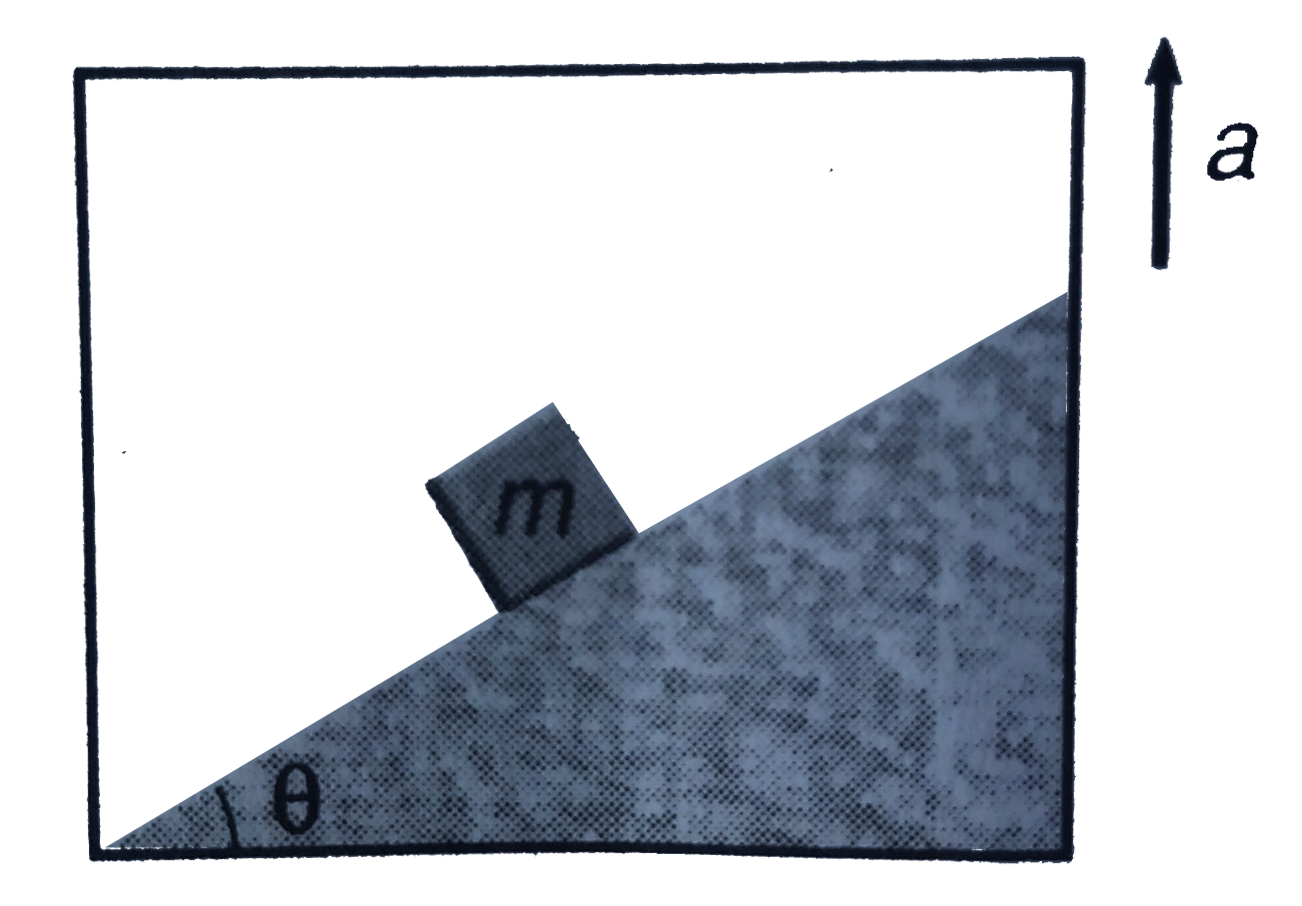
View SolutionA block placed on a rough horizontal surface is pushed with a force F acting horizontally on the block. The magnitude of F is increased and acceleration produced is plotted in the graph shown.
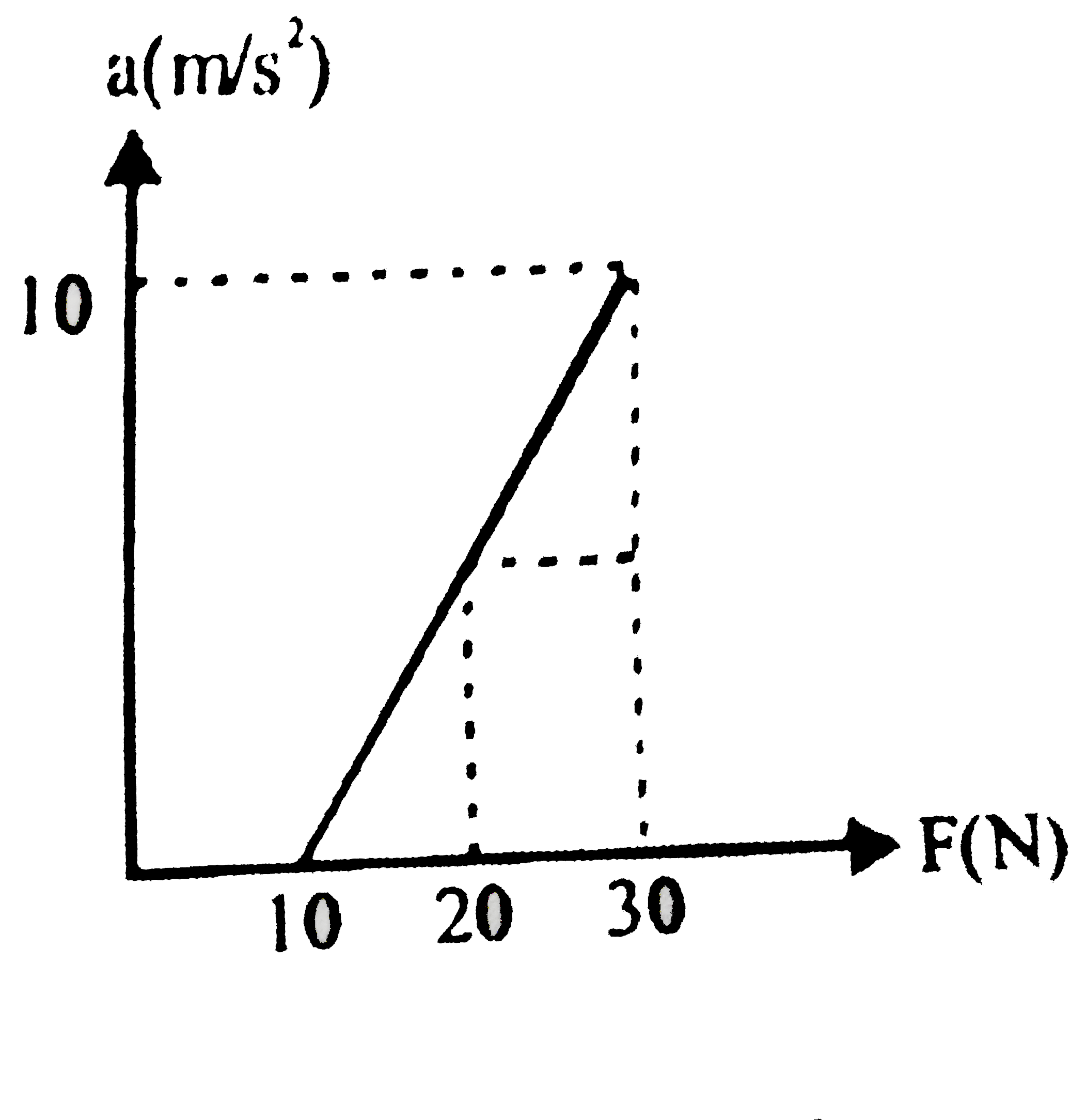
View SolutionIn the pully system shown, if radii of the bigger and smaller pulley are 2m and 1m respectively and the acceleration of block A is 5m/s2 in the downward direction, then the acceleration of block B will be
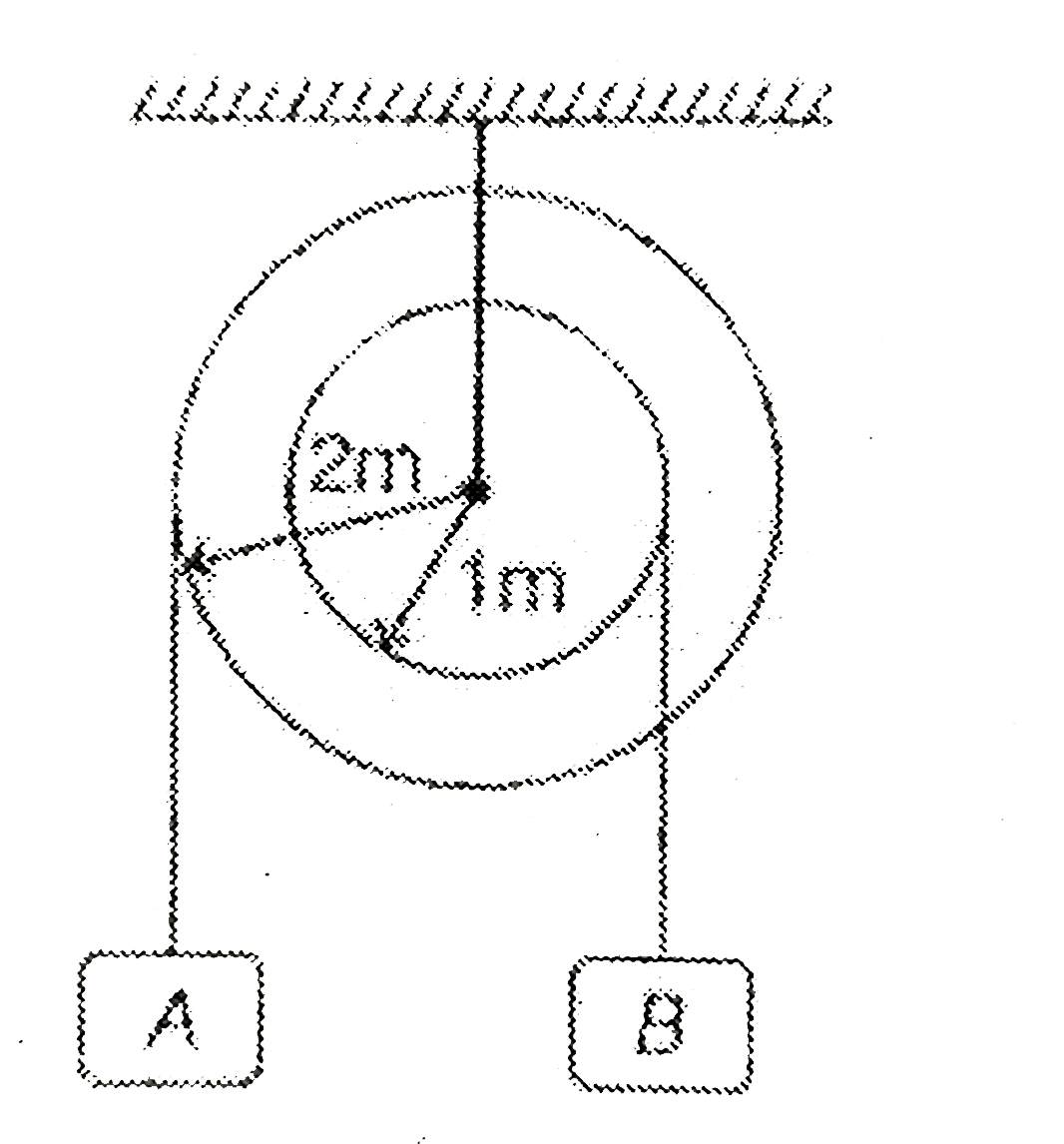
View Solution
